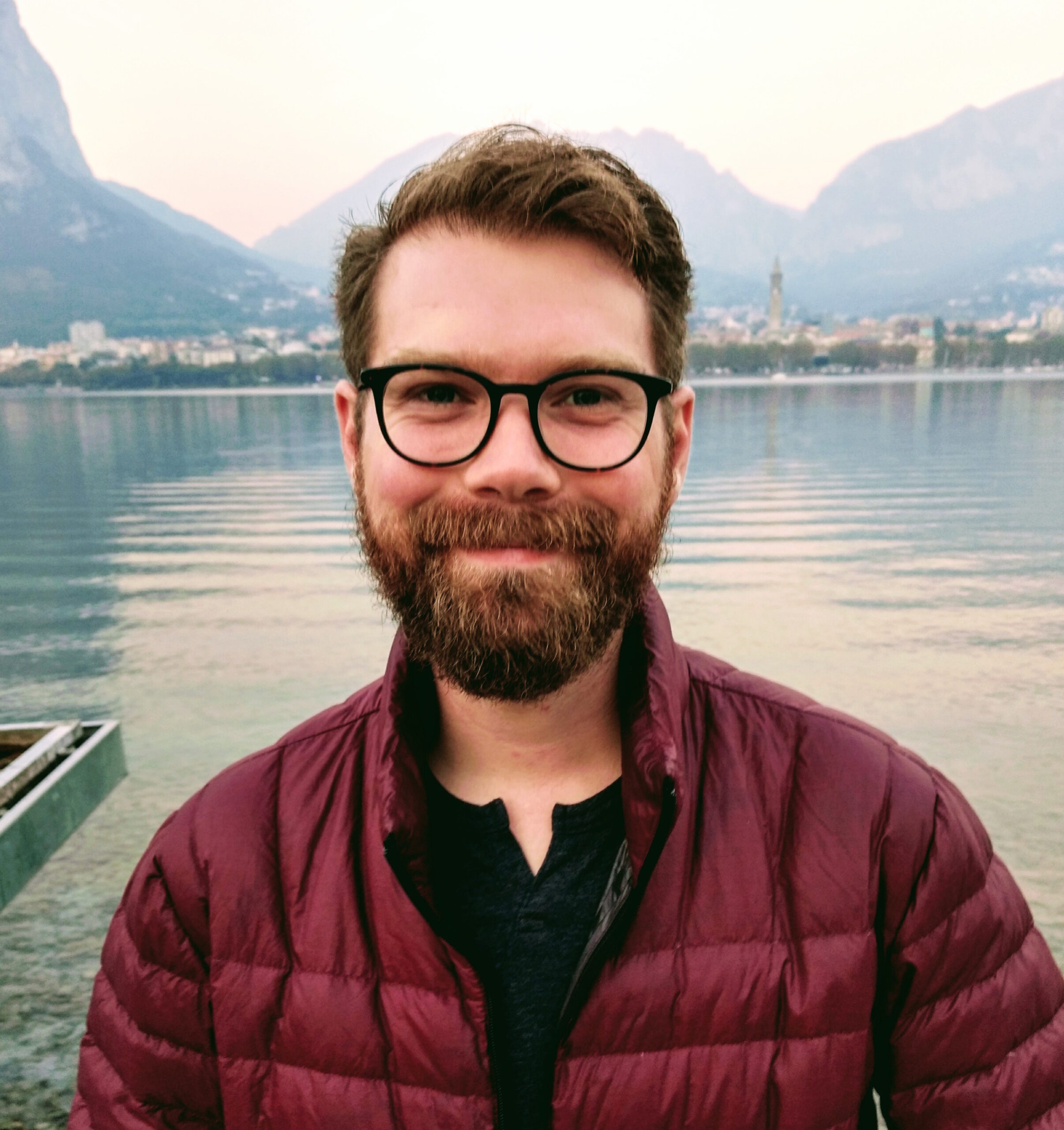Dr. Grant Snitker presents Shaping our Future with Fire: Bridging Archaeology and Fire Science
-Event-

Start Date: Dec 10, 2024 - 04:00pm
Location: School for Advanced Research (SAR) and via Livestream
ABSTRACT
Wildfires of uncharacteristic size, severity, and frequency pose a significant risk to cultural resources on public lands. Cultural resources, such as archaeological sites and landscapes, are irreplaceable and non-renewable. They have cultural or religious significance for living peoples and are protected by an extensive body of legislation. Despite the urgency of this situation, significant gaps exist between the fire ecology and archaeological research communities. New scientific approaches are needed to enhance how we contextualize fire’s role in preserving cultural resources for generations to come.
Dr. Grant Snitker explores how new approaches to data collection, synthesis, and modeling can amplify our ability to effectively manage and research cultural resources alongside fire ecologists. He focuses on the intersection between archaeological research and fire management in the context of wildfire across the US and provides a blueprint for cooperative and applied research that has implications for agencies and academics alike.
ABOUT THE SPEAKER
Grant Snitker is the director of cultural resource sciences within the Center for Applied Fire and Ecosystem Science at the New Mexico Consortium. Dr. Snitker received a PhD in anthropology from Arizona State University in 2019 and has held post-doctoral appointments in archaeology and fire ecology at the University of Georgia and the USDA Forest Service’s Southern Research Station. He is an environmental archaeologist, specializing in charcoal analysis, computational and analytical proxy modeling, and quantitative methods to understand the dynamic relationship between fire, humans, and long-term environmental change. He also works to improve methods and tools in cultural resource management and fire archaeology, including LiDAR data collection and analysis. He works primarily in the Western and Southern United States and the Western Mediterranean.
Co-presented by the New Mexico Consortium and the School for Advanced Research
